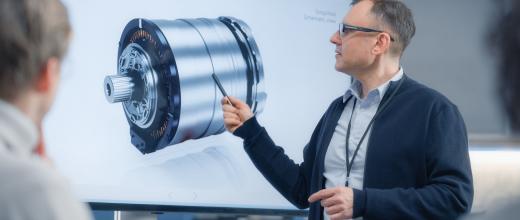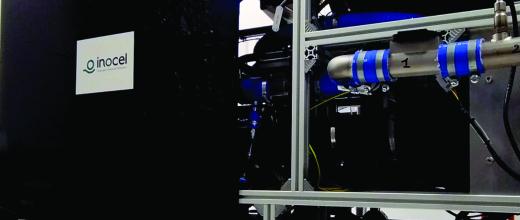 Electrified Mobility
Electrified Mobility
Overview and challenges
Electrification represents one of the major levers to decarbonize the transport sector. IFPEN is a key player in the process, developing technological and software solutions aimed at increasing the energy efficiency and reducing the environmental impacts of transport propulsion systems. IFPEN’s approach consists of defining and developing innovative electrical and electronic systems, optimized for real use and robust for an accumulated lifespan, taking into account, in addition to the constraints of industrialization and costs, environmental issues, end-of-life recycling and sovereignty from the design stage. To do this, IFPEN uses an eco-design approach favoring the use of recycled materials or alternative materials for technological developments. Operating within a French and European eco-system, it has notably developed electrical and electronic systems (motors, inverters, on-board control) in particular for small series markets or on behalf of major industrial players with a strong impact in the market









